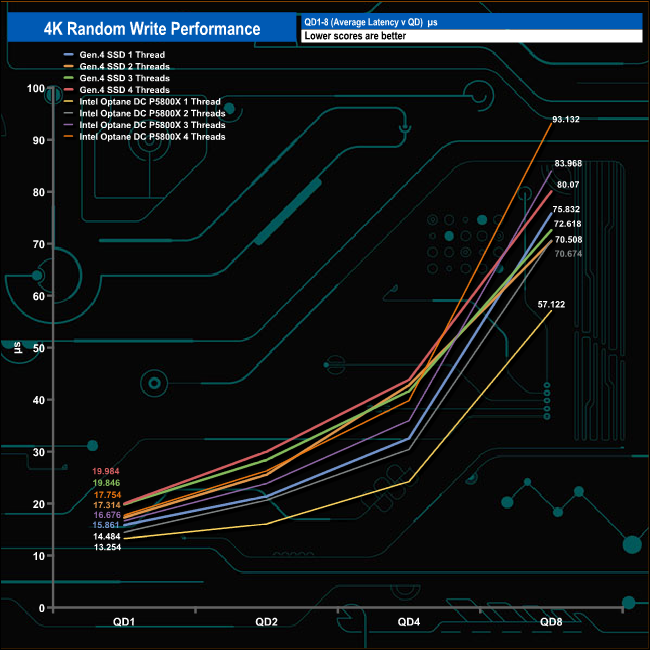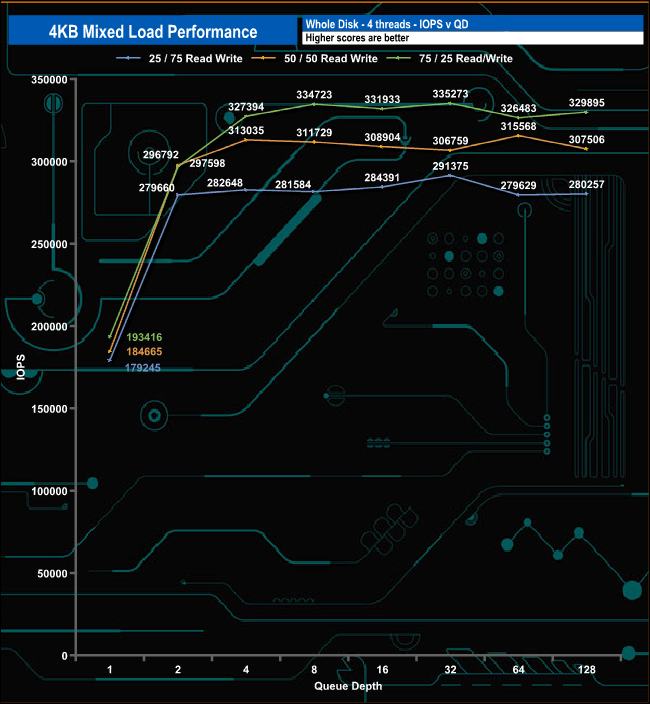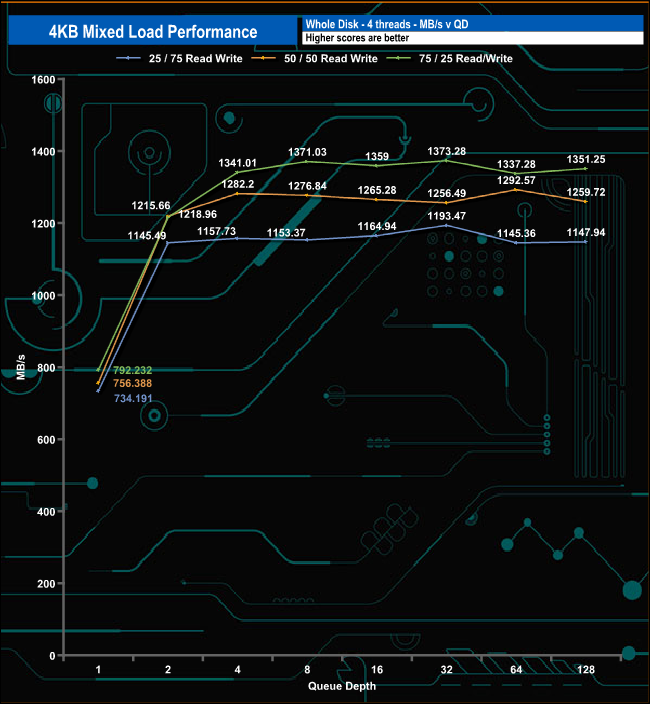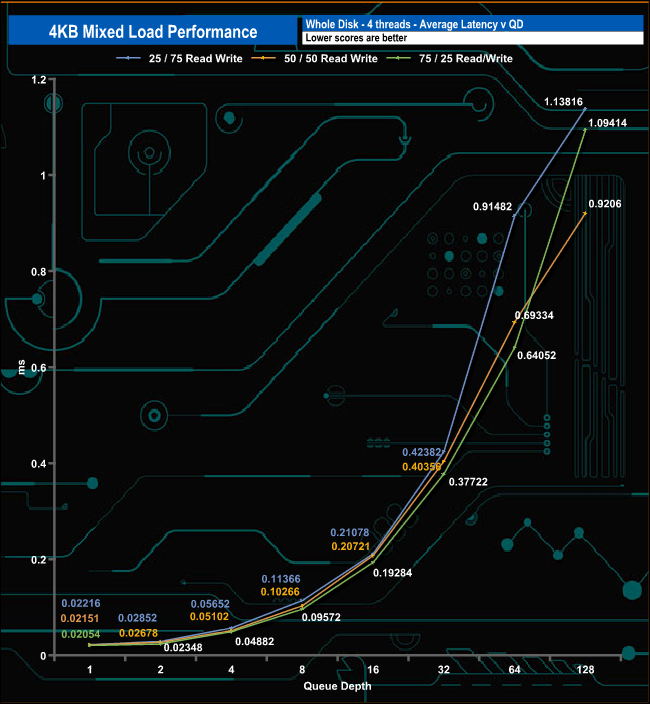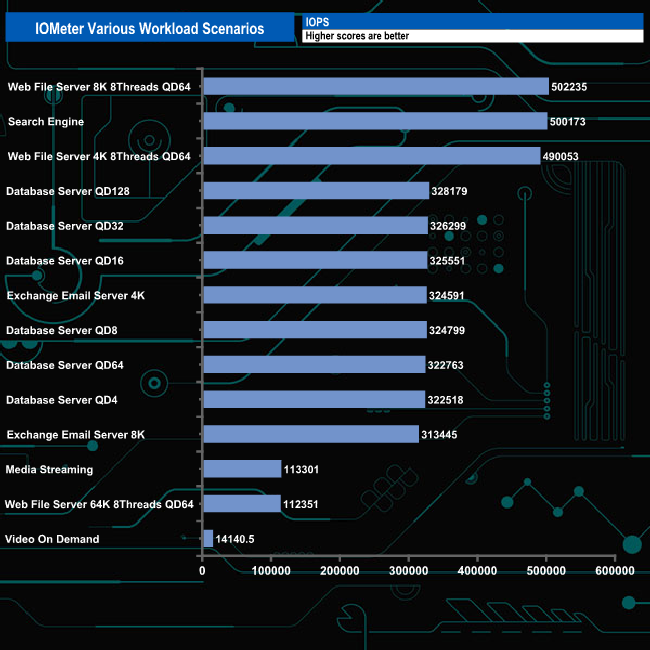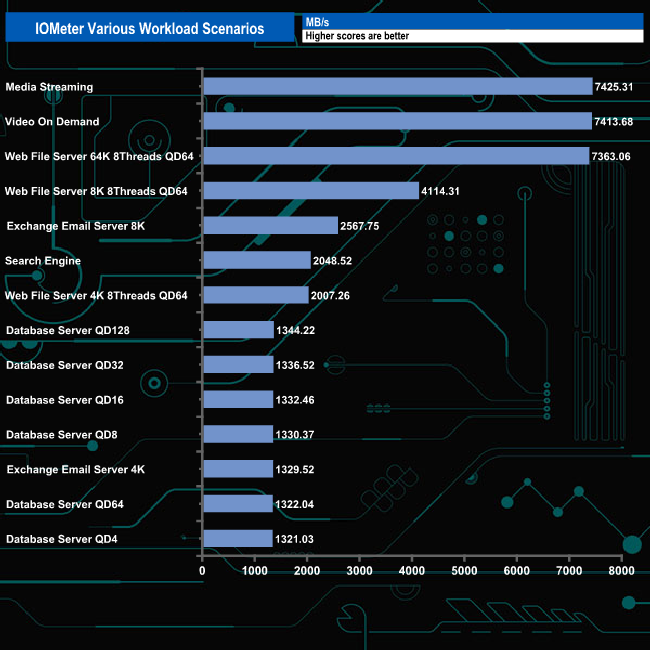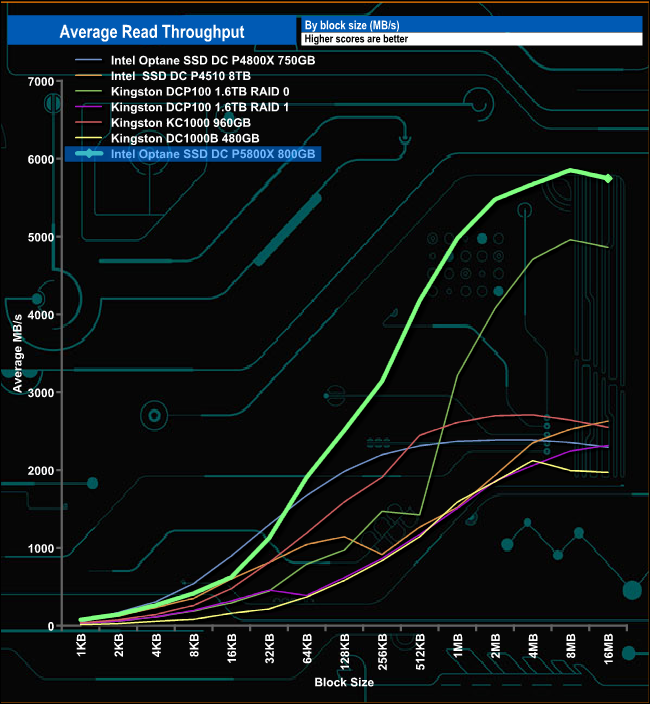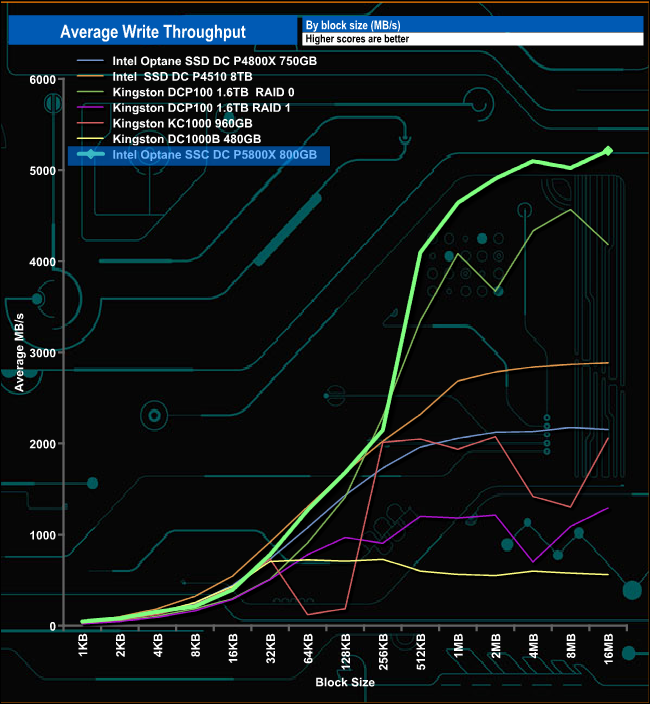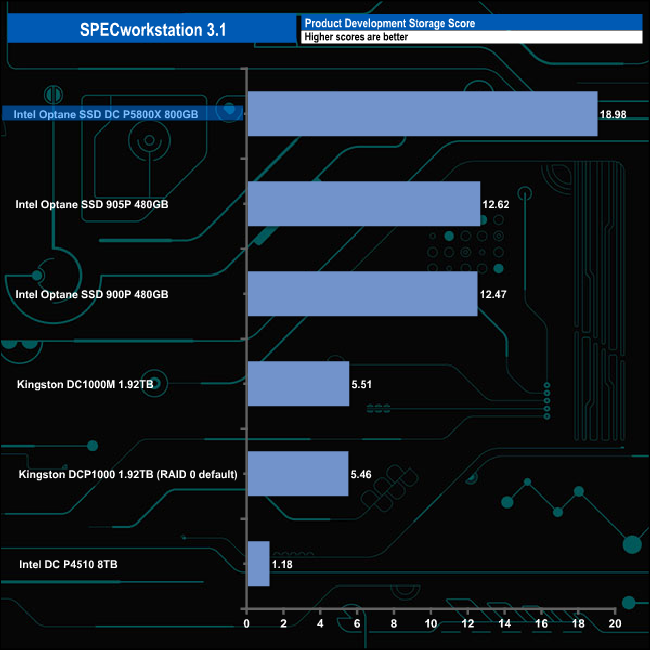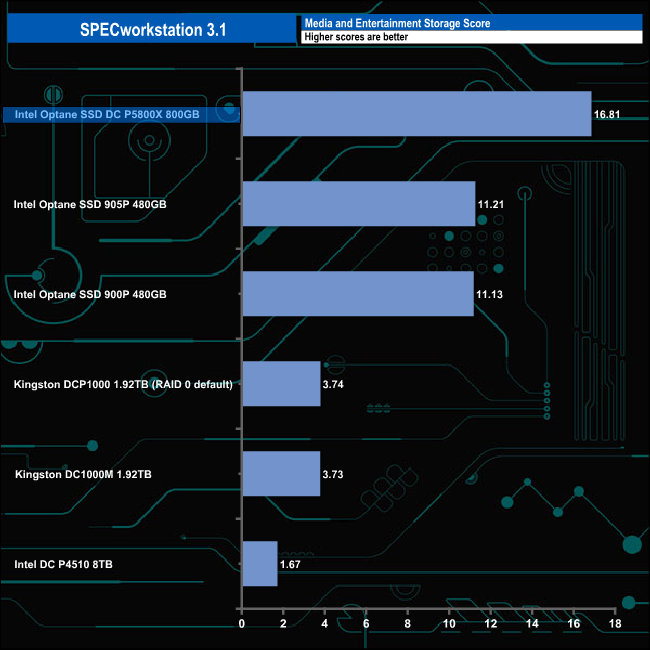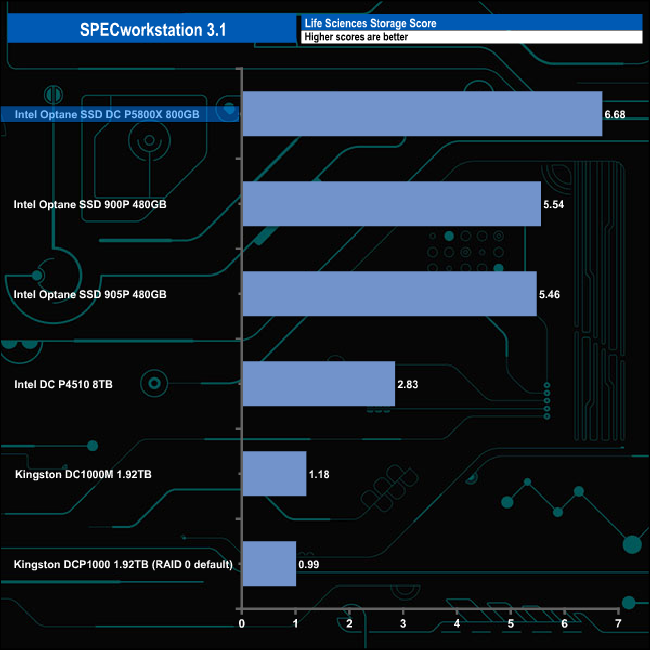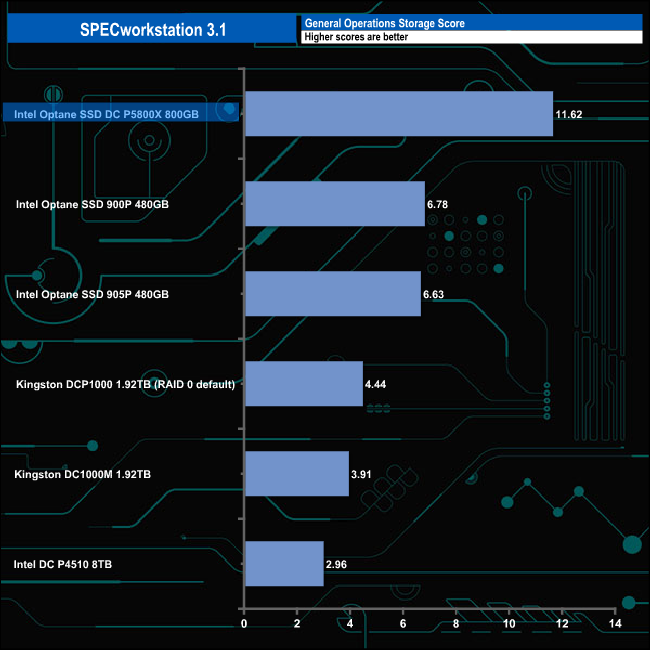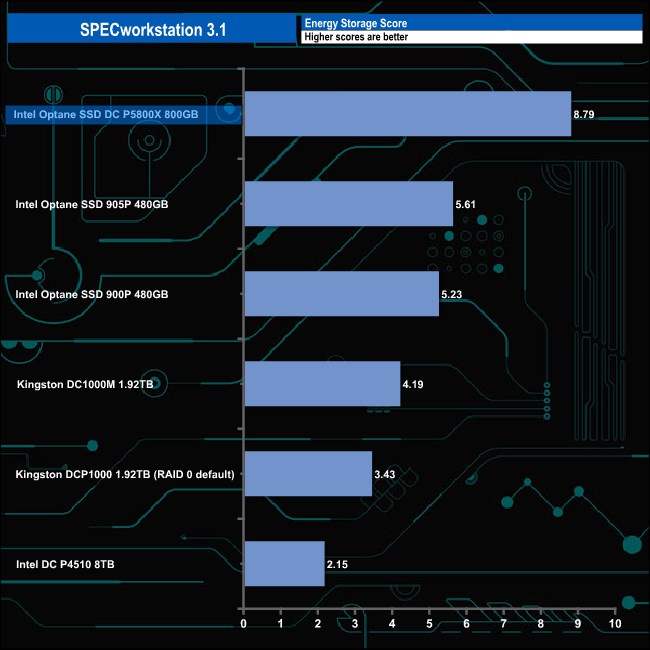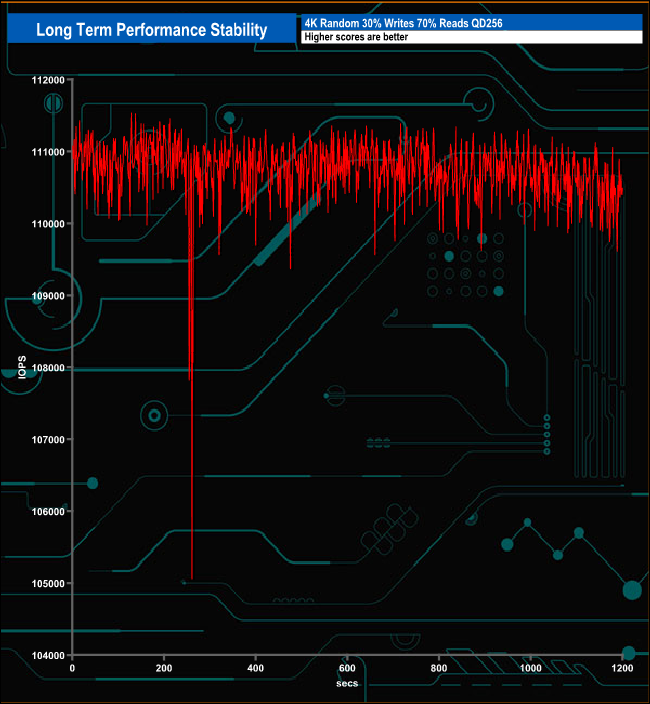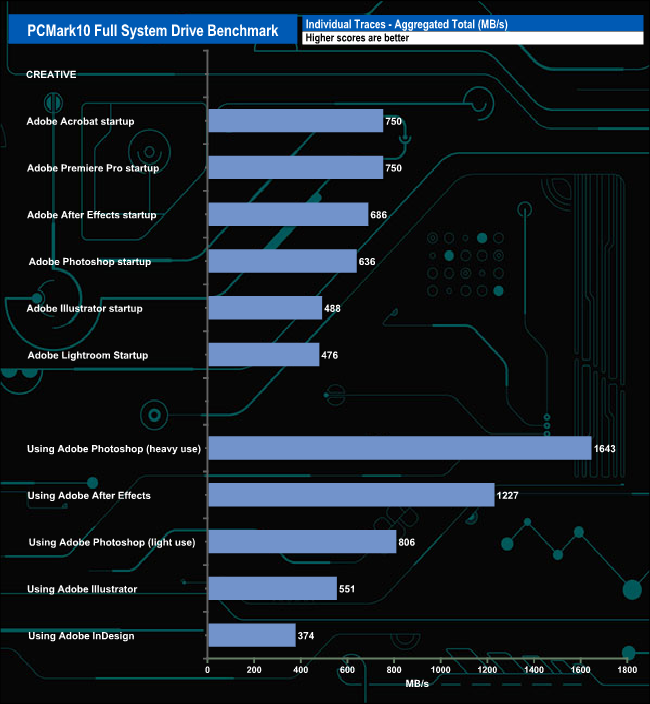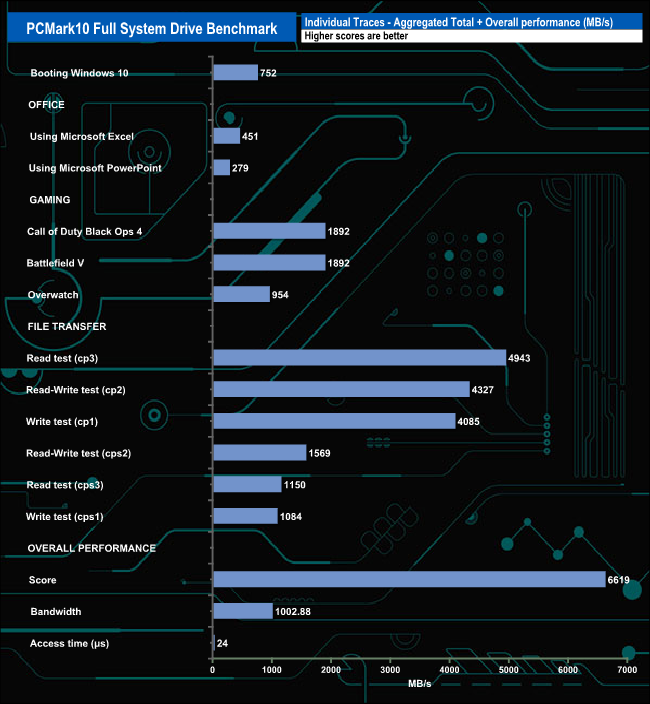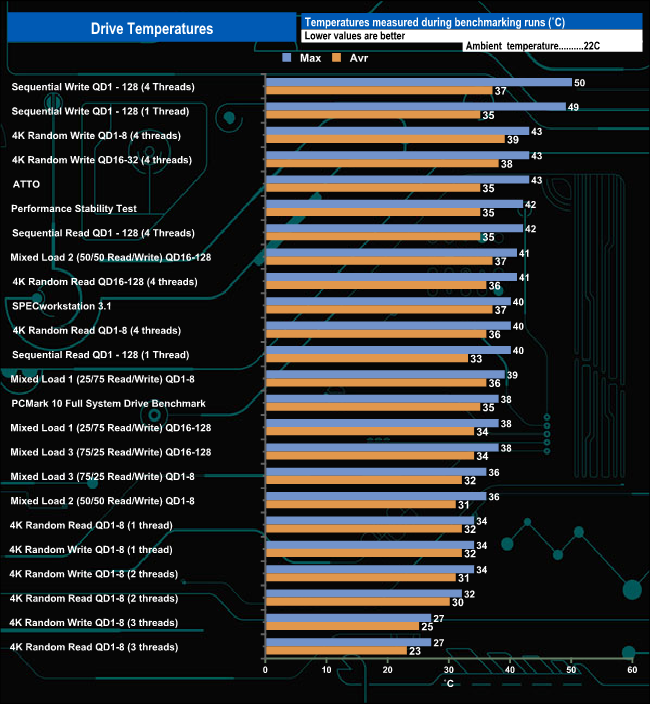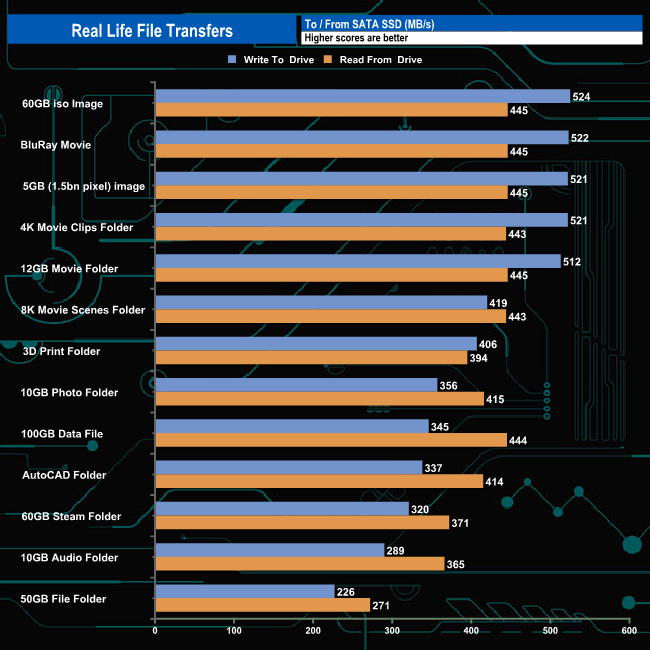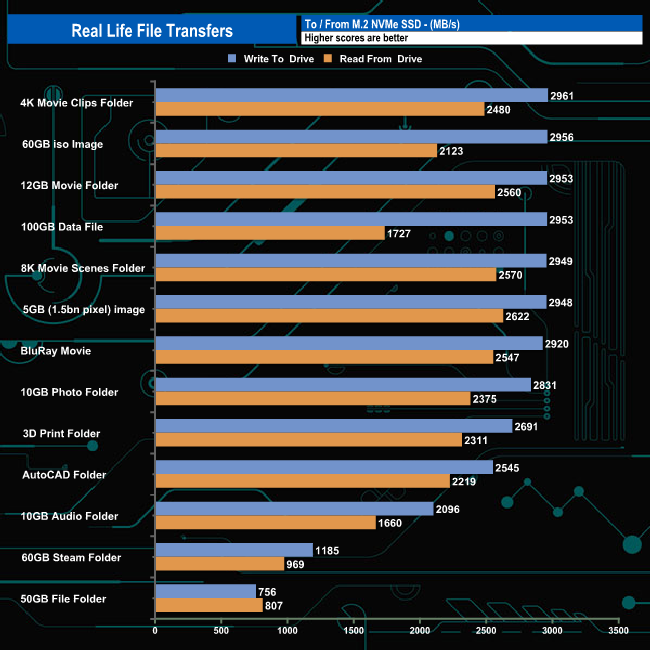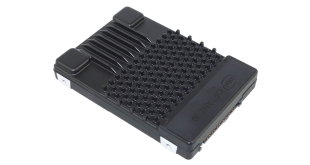
Today's review is no ordinary drive – this unit has been dubbed by Intel as “the world’s fastest data center SSD.” We are of course talking about the Optane DC P5800X, which combines second-generation Optane memory and a PCIe 4.0 x4 U.2 interface, backed by extraordinary endurance.
The Optane DC P5800X is available in just three capacities; 400GB, 800GB (the drive we are looking at here) and the flagship 1.6TB drive. It uses an Intel PCIe 4.0 x4 NVMe Optane 8-channel controller looking after Intel's 2nd generation Optane memory.
Intel quote Sequential performance figures for the 800GB drive as up to 7,200MB/s for reads and up to 6,100MB/s for writes. Random performance ratings are up to 1,500,000 IOPS for reads and up to 1,350,000 IOPS for writes. As an aside, the 400GB and 1.6TB drives are rated at the same 7,200MB/s for Sequential reads with the smaller drive rated at up to 4,800 MB/s for Sequential writes while the flagship 1.6TB drive is rated at up to 6,200 MB/s. Random reads for the 400GB and 1.6TB drives are stated as up to 1,500,000 IOPS and writes at up to 1.150,000 IOPS and 1,500,000 IOPS for the 400GB and 1.6TB drives respectively.
Intel quotes an active power rating for the 800GB DC P5800X of 18W, and 4.2W when idling. The endurance ratings for the drive are out of this world. The 800GB P5800X is rated at up to 100 DWPD, that's a 100 drive writes per day – for the length of the 5-year warranty
Physical Specifications:
- Usable Capacities: 800GB.
- NAND Components: Intel 2nd Generation Optane.
- NAND Controller: Intel.
- Cache: none.
- Interface: PCIe 4.0 x 4, NVMe1.3d.
- Form Factor: 2.5in, 15mm, U.2.
- Drive Weight: 140g.
The drive came in a plain clear plastic enclosure with nothing bundled with it, which isn’t really surprising as this is a drive aimed at the enterprise market segment.
The Optane DC P5800X is built on a 2.5in, 15mm form factor using a hefty aluminium enclosure, it weighs in at 140g, with the outside covered in cooling fins to help keep the beastie cool. At the heart of the drive is an Intel PCIe 4.0 x4 NVMe Optane 8-channel controller looking after in the case of the 800GB drive, eight packages of 2nd generation Intel Optane memory. The controller supports AES 256-bit hardware encryption and has thermal protection that throttles back the drive if it gets to or exceeds 70° C.
The drive uses a U.2 interface.
Intel has recently given its Memory and Storage Utility a refresh and update. With it, you can look after all aspects of the SSD.
For testing, the drives are all wiped and reset to factory settings by HDDerase V4. We try to use free or easily available programs and some real-world testing so you can compare our findings against your own system.
This is a good way to measure potential upgrade benefits.
Main system:
AMD Ryzen 5 3600X, 16GB DDR4-2400, Sapphire R9 390 Nitro and an MSI MPG X570 Gaming Edge Wifi motherboard
Other drives
Intel Optane SSD DC P4800X 750GB
Intel SSD DCP4510 8TB
Kingston DCP1000 1.2TB (RAID 0)
Kingston DCP1000 1.2TB (RAID 1)
Kingston DC1000B 480GB
Kingston KC1000 960GB
Software:
Atto Disk Benchmark 4.
CrystalMark 8.0.0.
AS SSD 2.0.
IOMeter.
Futuremark PC Mark 10.
All our results were achieved by running each test five times with every configuration this ensures that any glitches are removed from the results. Trim is confirmed as running by typing fsutil behavior query disabledeletenotify into the command line. A response of disabledeletenotify =0 confirms TRIM is active.
To help us test the Optane DC P5800X, Intel kindly provided us with a U.2 to PCIe slot adapter.
The ATTO Disk Benchmark performance measurement tool is compatible with Microsoft Windows. Measure your storage systems performance with various transfer sizes and test lengths for reads and writes. Several options are available to customize your performance measurement including queue depth, overlapped I/O and even a comparison mode with the option to run continuously. Use ATTO Disk Benchmark to test any manufacturers RAID controllers, storage controllers, host adapters, hard drives and SSD drives and notice that ATTO products will consistently provide the highest level of performance to your storage.
We are using version 4.0 for our NVMe disk tests.
Intel rates the Sequential performance of the Optane DC P5800X as up to 7,200MB/s for reads and up to 6,100MB/s for writes. Using the ATTO benchmark (2MB transfer size) we couldn't quite reach those maximums, the test runs producing a best read figure of 6,880MB/s with writes at 5,210MB/s. Both of those figures absolutely trounces the previous DC P4800X drives figures of 2,572MB/s and 2,236MB/s for reads and writes respectively.
Sustained Sequential Read Performance – 1 Thread
Intel rate the Optane DC P5800X as up to 7,200MB/s for reads and up to 6,100MB/s for writes. Using a single thread the drive peaked at 7,383.62MB/s at QD8 confirming the official read figure, before dropping back very slightly to finish the test run at 7,371.69MB/s (QD128). Writes peaked at QD4 at 5,269.8MB/s, some way short of the official figure.
Sustained Sequential Read Performance – 4 Threads
Using four threads the drive peaked at 7,356.42MB/s for reads and 5,549.72MB/s both at QD8. More importantly, using 4 four threads at QD1 sees the read performance rise from 5,268.83MB/s with a single thread up to 7,326.85MB/s. Similarly, the write performance at QD1 rises from 4,774.13MB/s to 5,449.02MB/s. It's also worth noting how constant the drive is across the tested queue depths.
Intel rates the 800GB Optane DC P5800X at up to 1,500,000 IOPS for random reads. We couldn't get anywhere close to that figure with our 4-threaded testing with the drive peaking at 368,804 IOPS at QD8 before dropping back slightly to finish the test run at 347,976 IOPS (QD128). Intel’s 3D XPoint memory technology has been designed to offer very quick performance at low queue depths and at low latencies at to this end, the QD1 figure of 205,373 IOPS is stunning.
As with the random read testing, when it came to random writes we couldn't get close to the official maximum of 1,350,000 IOPS. The best we got from our four-threaded testing was 312,670 IOPS at QD32. Again the QD1 figure of 184,698 IOPS is very impressive.
4K Random Read v QD comparison
To give an idea of how powerful Intel’s 3D XPoint memory technology is at low queue depths for random read performance, here we show the Optane DC P5800X up against a fast Gen4 NVMe desktop drive, in this case, Corsair's 2TB MP600 PRO XT. At QD1 the Corsair drive is running at 20,176 IOPS, the DC P5800X is over twice as fast at 74,875 IOPS both using a single thread. However, at QD8 both drives are running at around the same rate, with the exception of the three threaded performance where the Intel drive still has the edge. Also, note the huge difference in the latency figures at QD1.
Random Write v QD comparison
It's a much closer affair when it comes to random writes, with none of the huge performance differences between the two drives seen in the random read comparison.
The drive handled our mixed load tests without any problems, showing once again the advantage of the low queue depth performance of the drives Optane technology.
As the drive is aimed at the data centre environment we tested it with a few workload scenarios it might be asked to deal with. As you can see it dealt with the workloads without any problems.
In our read throughput test, the drive peaked at 5,852MB/s (8MB block mark) before dropping back slightly to finish the test run at 5,748MB/s. Although this figure is way short of the official maximum of the drive, the Optane DC P5800X is by far the fastest drive we have tested in this class of drives.
In the write throughput test, the drive peaked at the end of the test (16MB Block) at 5,212.34MB/s. As with the read throughput test, this is short of the official maximum figure but is by far the fastest write throughput figure we've seen for this class of drives we've tested to date.
SPECworkstation 3.1 is a specialized test designed for benchmarking the key aspects of workstation performance; it uses over 30 workloads, containing nearly 140 tests to test CPU, graphics, I/O, and memory bandwidth. The workloads fall into seven categories;
Media and Entertainment – 3D animation, rendering
Product Development – CAD/CAM/CAE
Life Sciences – medical, molecular
Energy – oil and gas
Financial Services,
General Operations
GPU Compute.
We use the WPCstorage section of the benchmark which uses fifteen separate tests to benchmark drives.
Testing the drive with the SPECworkstation 3.1 benchmark, this test shows just how powerful the DC P5800X is. It dominated all the runs leaving every other drive in its wake.
For the long term performance stability test, we set the drive up to run a 20-minute 4K random test with a 30% write, 70% read split, at a Queue Depth of 256 over the entire disk. The Optane SSD DC P5800X averaged 110,743 IOPS for the test with a performance stability of 98%, a figure you should expect from a drive primarily aimed at data centre usage.
The PCMark 10 Full System Drive Benchmark uses a wide-ranging set of real-world traces from popular applications and common tasks to fully test the performance of the fastest modern drives. The benchmark is designed to measure the performance of fast system drives using the SATA bus at the low end and devices connected via PCI Express at the high end.
The goal of the benchmark is to show meaningful real-world performance differences between fast storage technologies such as SATA, NVMe, and Intel’s Optane. The Full System Drive Benchmark uses 23 traces, running 3 passes with each trace. It typically takes an hour to run.
Traces used:
Booting Windows 10.
Adobe Acrobat – starting the application until usable.
Adobe Illustrator – starting the application until usable Adobe Premiere Pro – starting the application until usable.
Adobe Photoshop – starting the application until usable.
Battlefield V – starting the game until the main menu.
Call of Duty Black Ops 4 – starting the game until the main menu.
Overwatch – starting the game until main menu.
Using Adobe After Effects.
Using Microsoft Excel.
Using Adobe Illustrator.
Using Adobe InDesign.
Using Microsoft PowerPoint.
Using Adobe Photoshop (heavy use).
Using Adobe Photoshop (light use).
cp1 Copying 4 ISO image files, 20 GB in total, from a secondary drive to the target drive (write test).
cp2 Making a copy of the ISO files (read-write test).
cp3 Copying the ISO to a secondary drive (read test).
cps1Copying 339 JPEG files, 2.37 GB in total, to the target drive (write test).
cps2 Making a copy of the JPEG files (read-write test).
cps3 Copying the JPEG files to another drive (read test).
The drive breezed through the PCMark 10 Full System Drive Benchmark producing extremely high scores for every test trace including some of the highest we have seen, for example, the 1,643MB/s bandwidth for the Adobe Photoshop heavy use trace.
Although the drive gets warm, it didn't get too close to the 70° C limit where the drive begins to start throttling back. The drive peaked at 50° C during the performance stability test, a test that really pushes a drive.
To test real-life performance of a drive we use a mix of folder/file types and by using the FastCopy utility (which gives a time as well as MB/s result) we record the performance of drive reading from & writing to a 256GB Samsung SSD850 PRO.
We use the following folder/file types:
- 100GB data file.
- 60GB iso image.
- 60GB Steam folder – 29,521 files.
- 50GB File folder – 28,523 files.
- 21GB 8K Movie demos.
- 12GB Movie folder – 24 files (mix of Blu-ray and 4K files).
- 11GB 4K Raw Movie Clips (8 MP4V files).
- 10GB Photo folder – 621 files (mix of png, raw and jpeg images).
- 10GB Audio folder – 1,483 files (mix of mp3 and .flac files).
- 5GB (1.5bn pixel) photo.
- Blu-ray movie
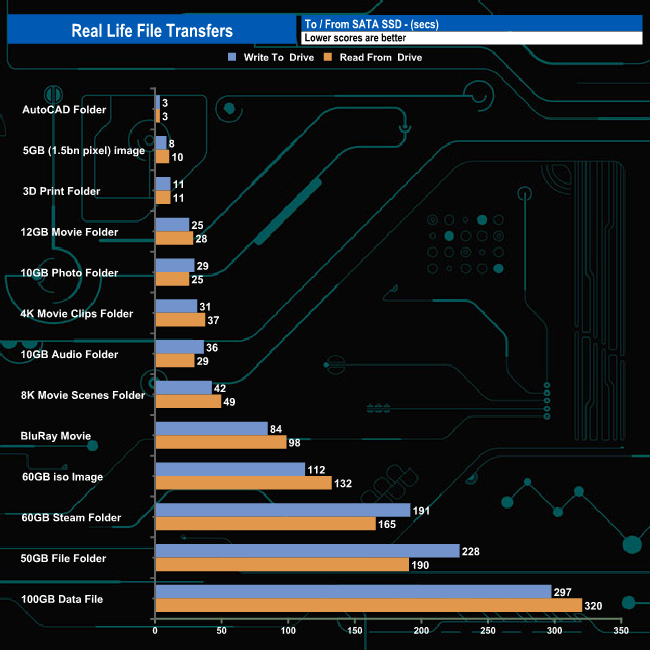
When it came to our real-life file transfer tests the drive averaged 520MB/s for the five fastest write transfers and 446MB/s when reading the data back.
To get a measure of how much faster PCIe NVMe drives are than standard SATA SSD's we use the same files but transfer to and from a 2TB Kioxia Exceria Plus drive:
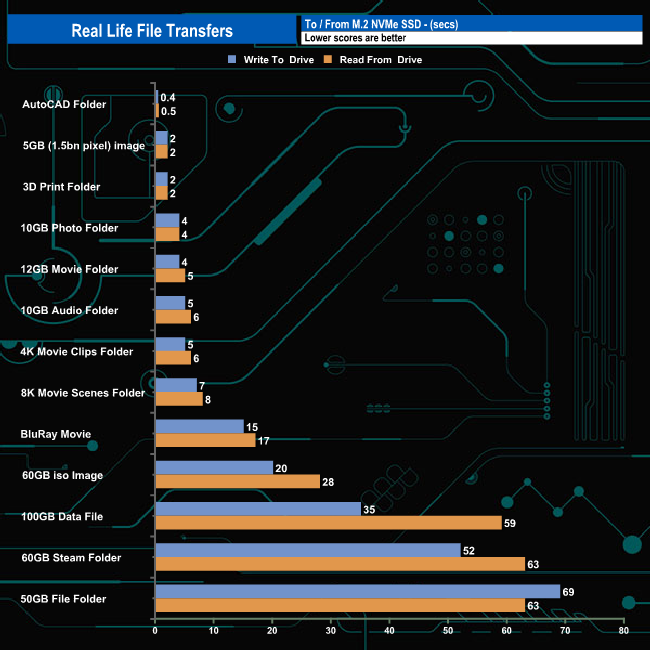
Switching over to transferring files to and from an NVMe drive saw file transfers very close to the 3GB/s mark for seven out of the thirteen tests when it came to writes and well over 2GB/s for nine of the tests when it came to reads.
Originally designed as a very fast drive for the data centre market, hence the DC part of the name, Intel has now released the Optane DC P5800X to the outside world, although you need very deep pockets to own one.
The Optane DC P5800X comes in three capacities; 400GB, 800GB and 1.6TB. The drive uses an Intel PCIe 4.0 x4 NVMe Optane 8-channel controller which looks after Intel 2nd generation Optane memory and uses a U.2 interface.
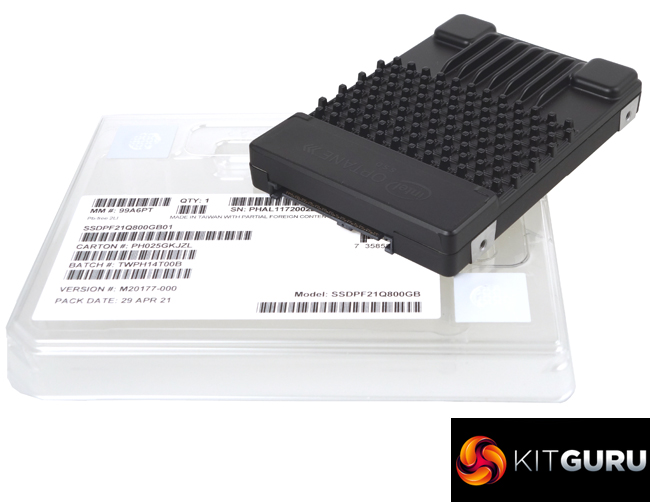
Intel quotes Sequential performance figures for the drive of up to 7,200 MB/s for reads and up to 6,100 MB/s for writes. We could confirm the official read figure with a best test result of 7,383MB/s, however, the best write score we got was 5,269MB/s some way short of the official figure.
Random performance is quoted as up to 1,500,000 IOPS for reads and up to 1,350,000 IOPS for writes. Using our 4-threaded test we couldn't get close to these figures with a best read result of 368,804 IOPS and 312,670 IOPS for writes. However, Intel’s 3D XPoint memory technology has been designed to offer very quick performance at low queue depths and at low latencies, to this end the QD1 test figure of 205,373 IOPS for reads and 184,698 IOPS for writes are very impressive.
It's a bit of a power-hungry beast with Intel quoting an active power rating for the 800GB DC P5800X of 18W, and 4.2W when idling. The endurance ratings for the drive are staggering however. The 800GB P5800X is rated at up to 100 DWPD – that's a 100 drive writes per day for the length of the 5-year warranty which, in case you were wondering, works out to be around 146 petabytes of data…
We found the 800GB Intel Optane DC P5800X on LambdaTek for £1,923.20 (inc VAT) HERE.
Discuss on our Facebook page HERE.
Pros
- Overall performance.
- Low queue depth performance.
- Extraordinary endurance.
Cons
- Eye-watering pricing.
- Couldn't get close to the maximum random figures during testing.
KitGuru says: Designed for use in data centres, Intel’s Optane DC P5800X may not have the Sequential performance advantage over the lastest consumer Gen4 drives but what it does offer, thanks to the 3D XPoint memory technology, is unmatched high throughputs at low latencies and queue depths, as well as unbelievable endurance. But – and it's a very, very big but – you will certainly have to pay for all that low queue depth performance.
Be sure to check out our sponsors store EKWB here
 KitGuru KitGuru.net – Tech News | Hardware News | Hardware Reviews | IOS | Mobile | Gaming | Graphics Cards
KitGuru KitGuru.net – Tech News | Hardware News | Hardware Reviews | IOS | Mobile | Gaming | Graphics Cards


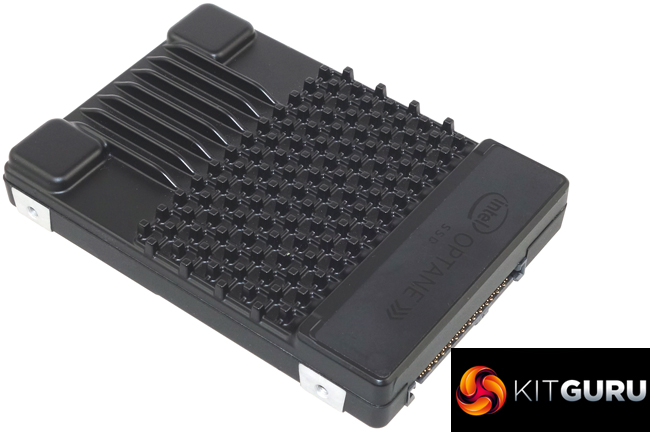
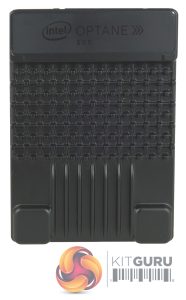
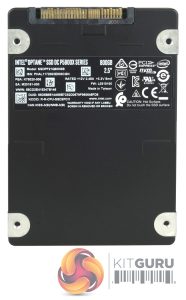


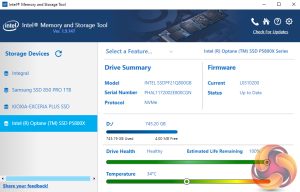
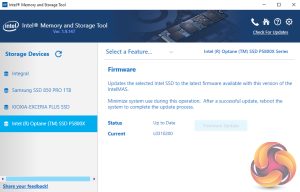
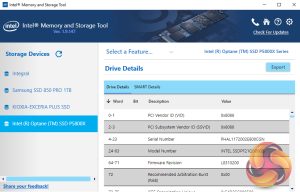
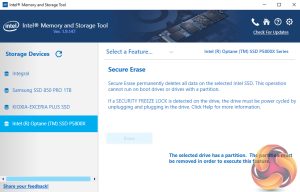
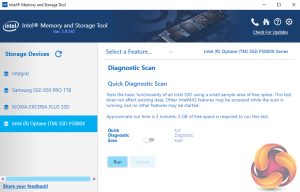
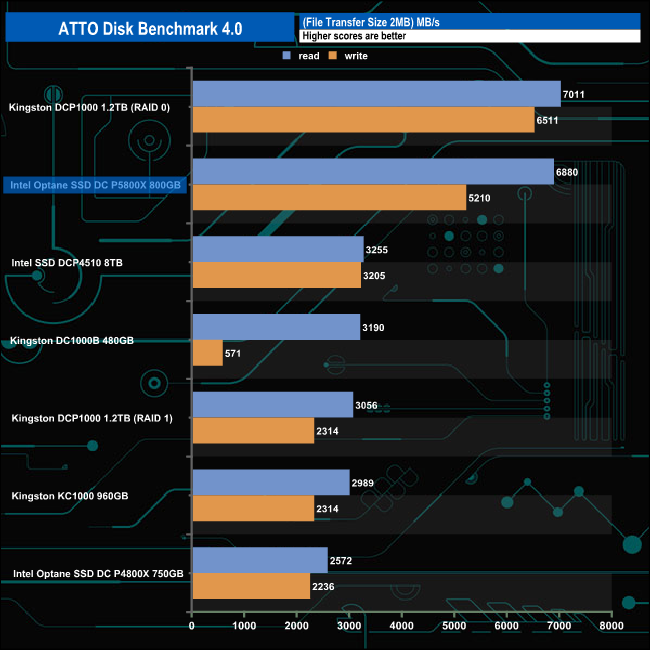
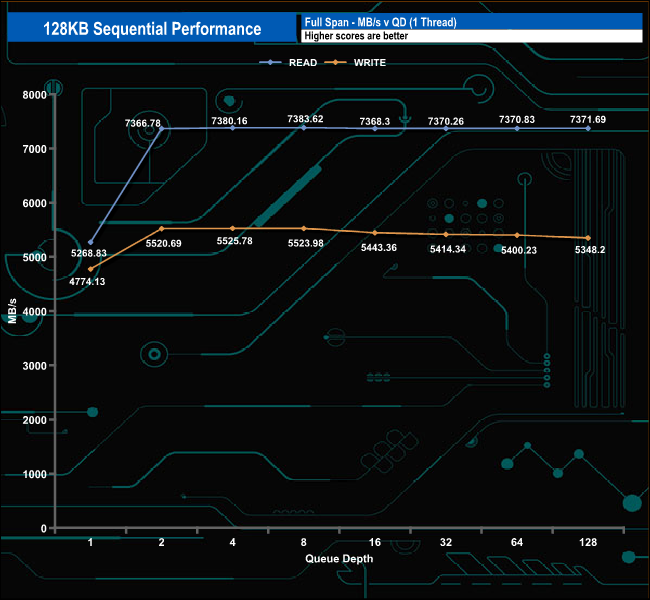
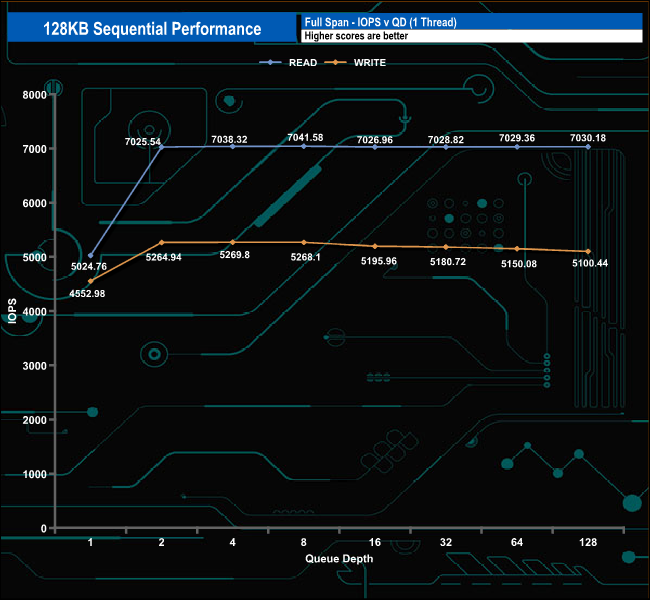
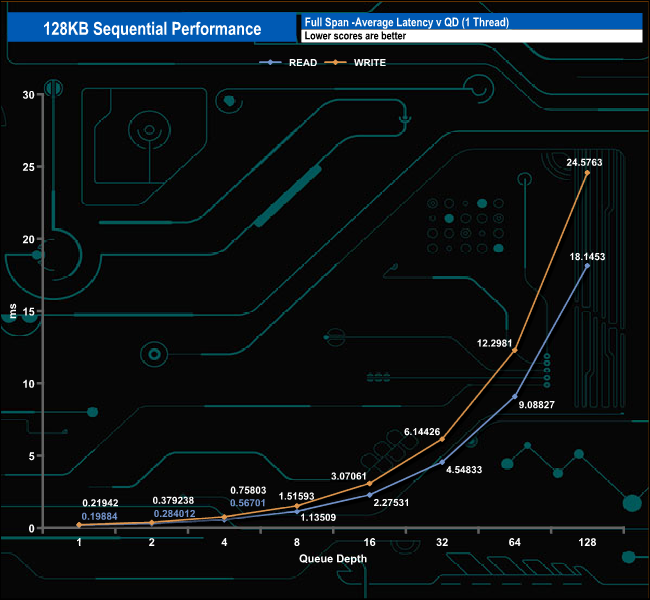
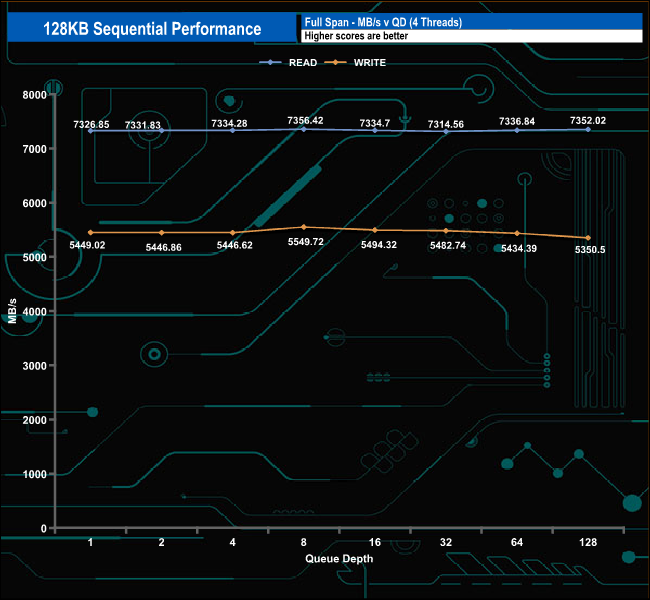
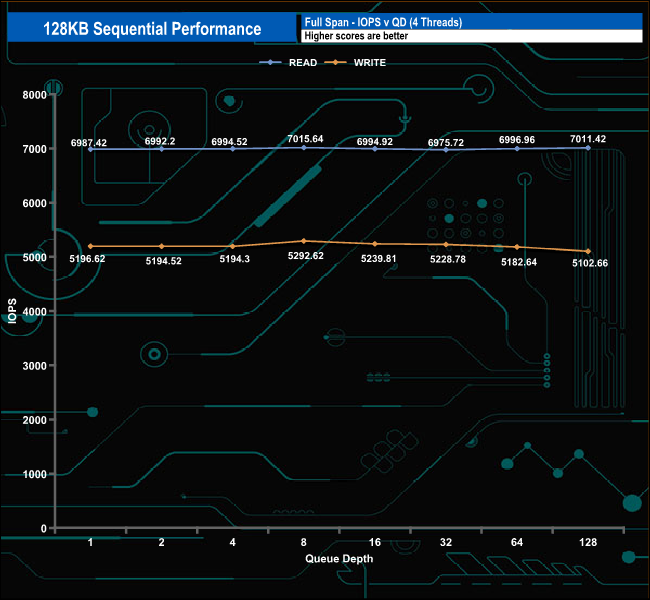
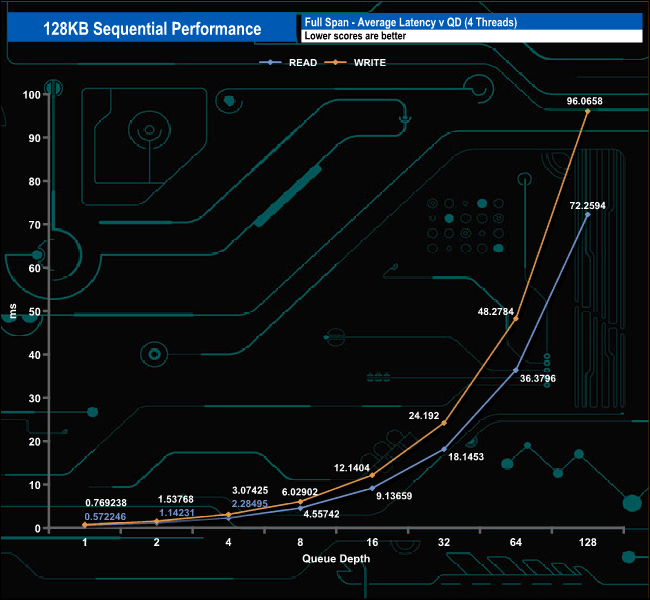
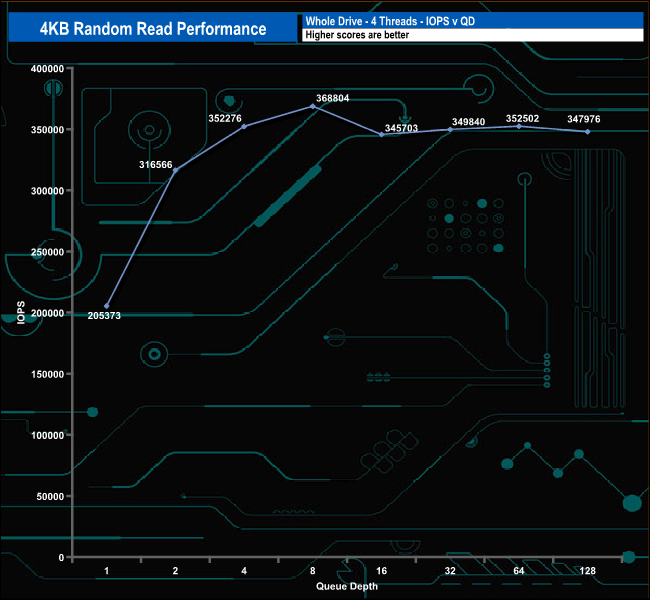
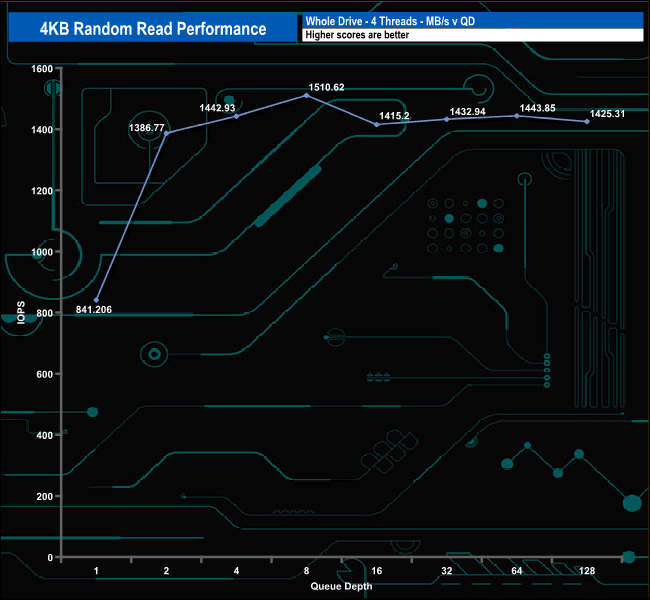
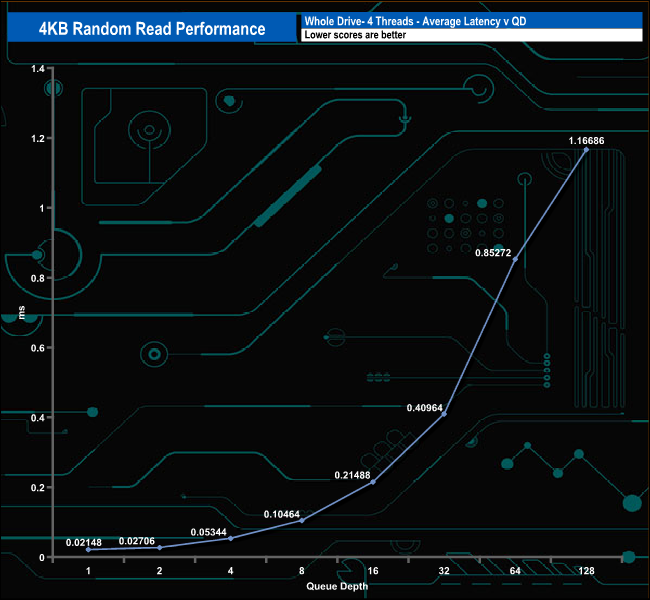
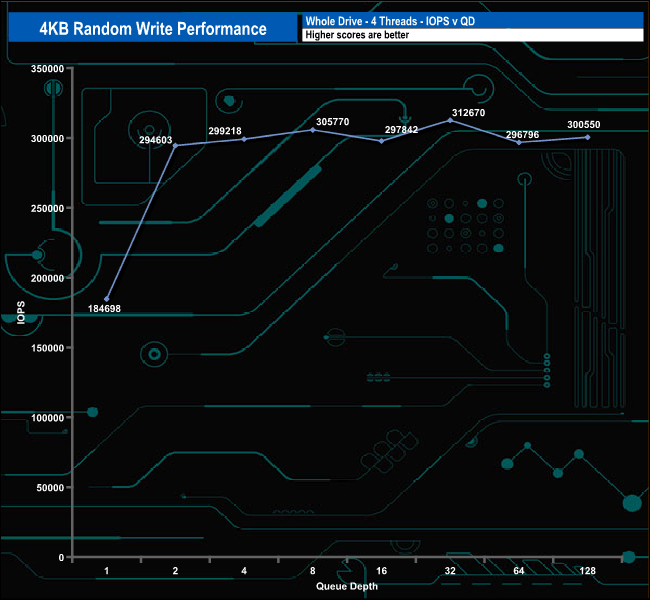
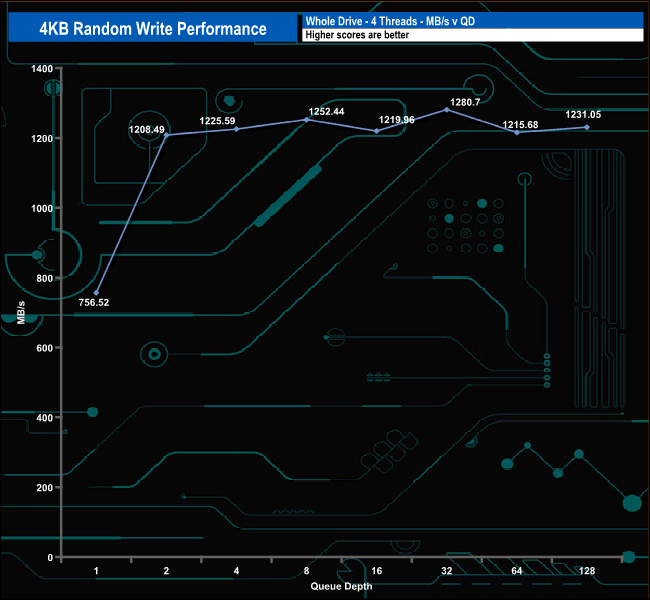
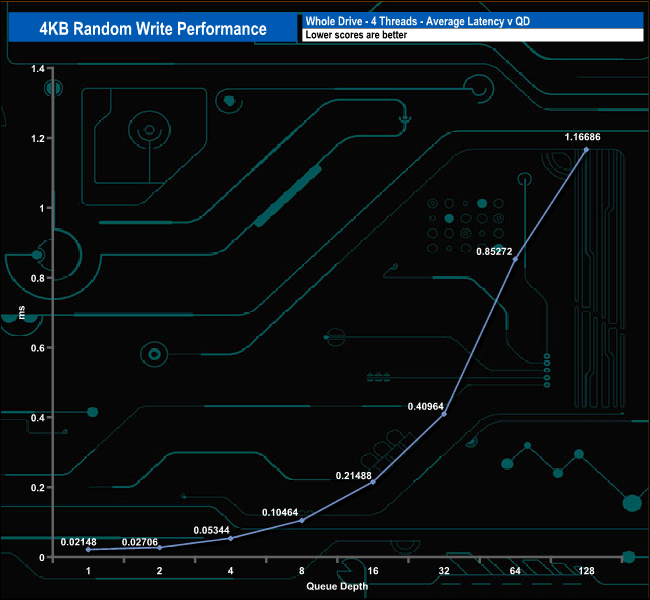
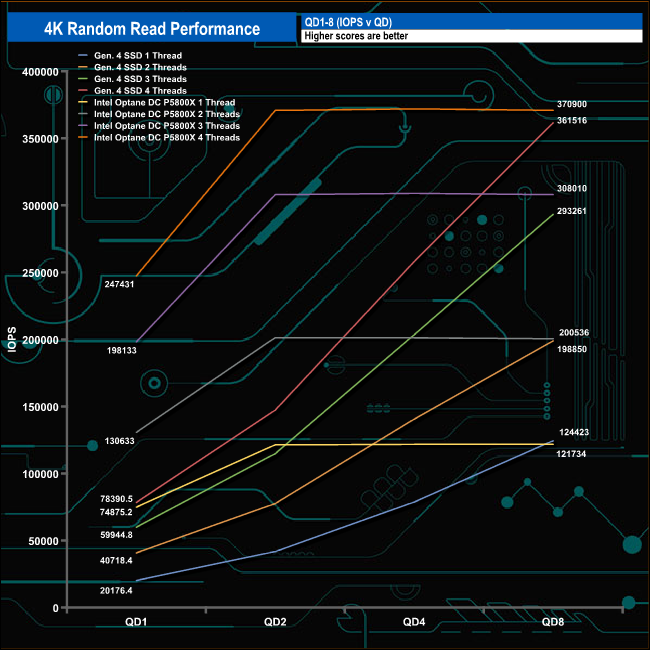
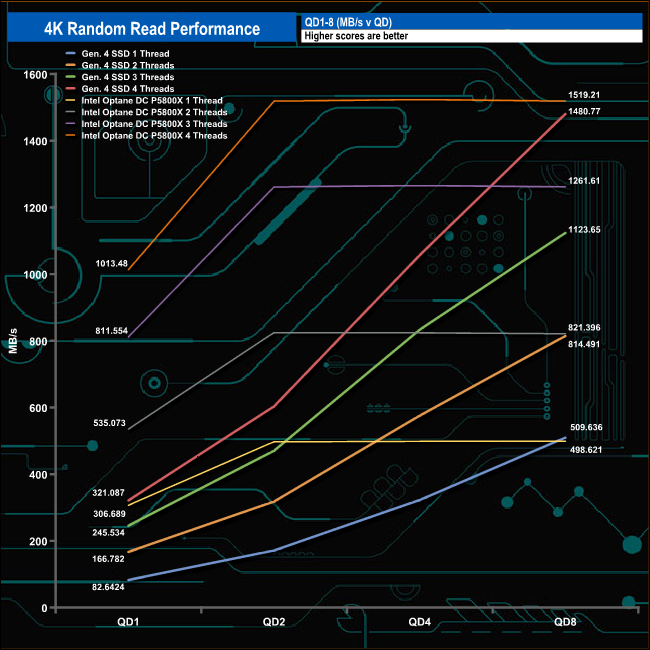
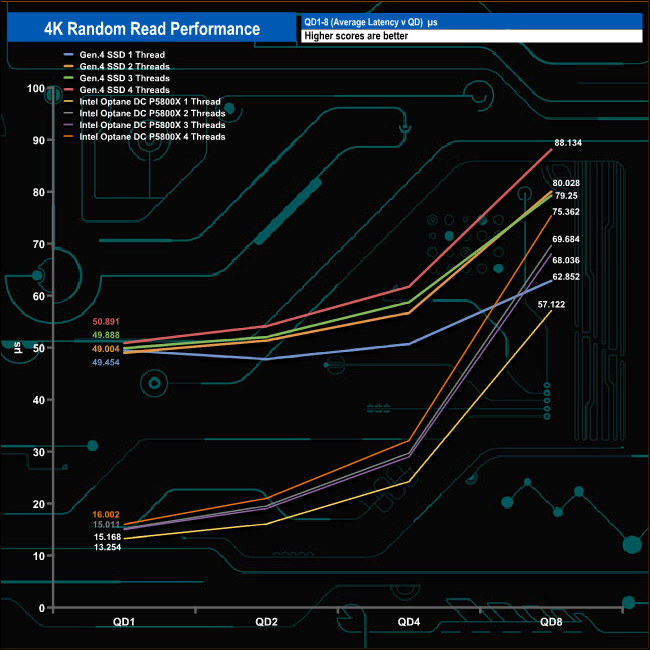
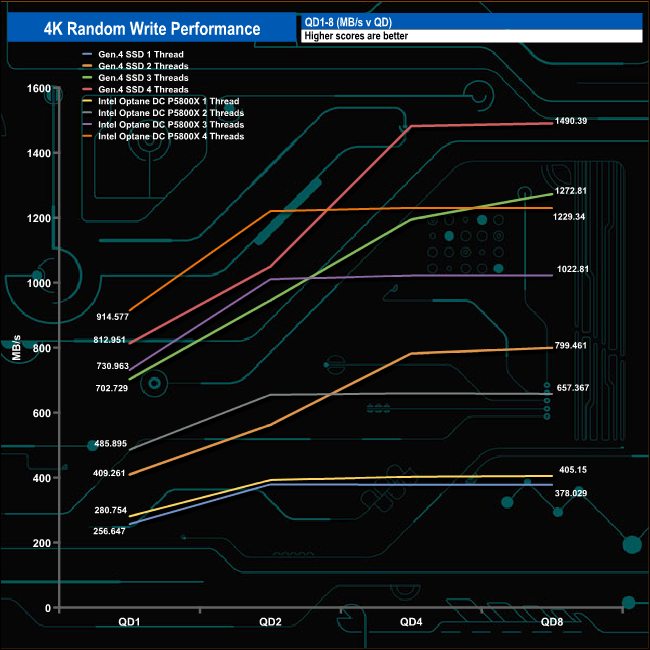
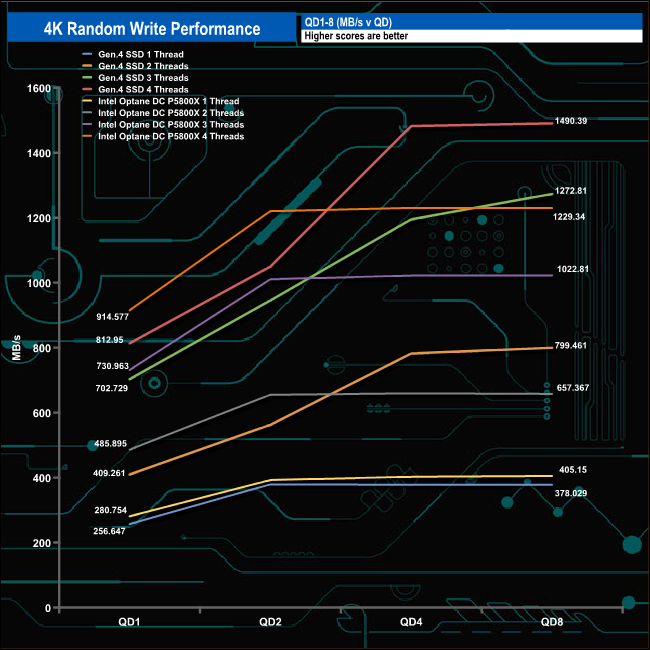 ~
~